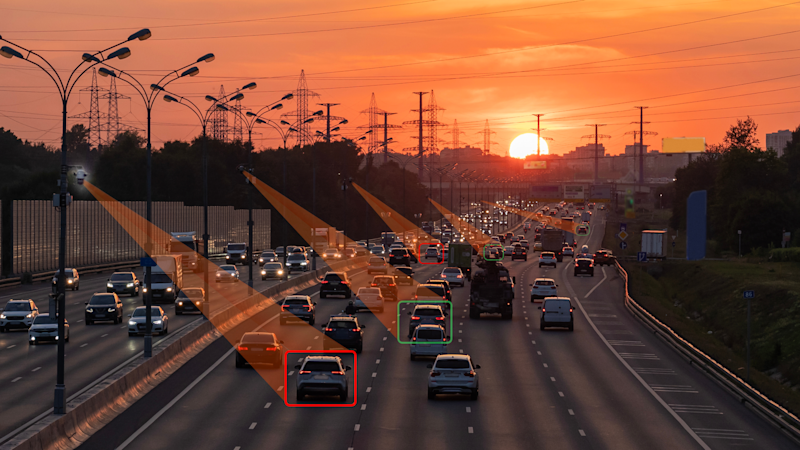Subscribe to Our Newsletter
Sign up for our bi-weekly newsletter to learn about computer vision trends and insights.
Scaling AI Computer Vision Models With alwaysAI
by

Kathleen Siddell

Subscribe to Our Newsletter
Sign up for our bi-weekly newsletter to learn about computer vision trends and insights.

Kathleen Siddell
